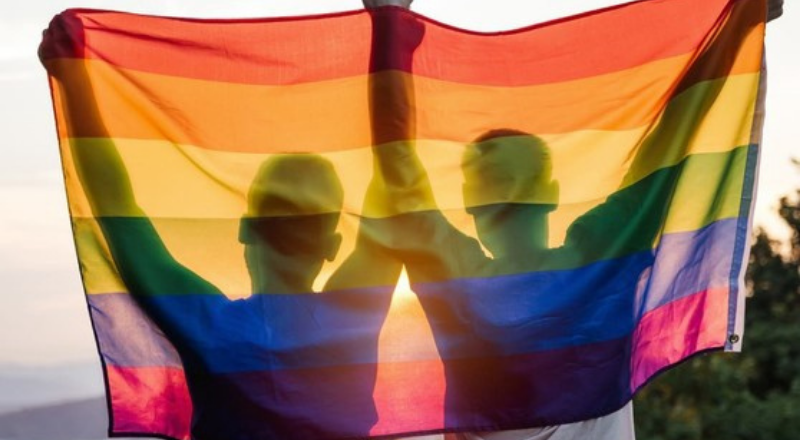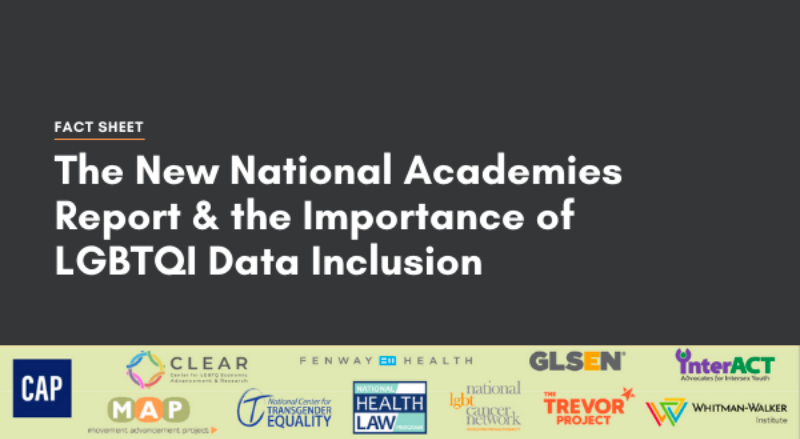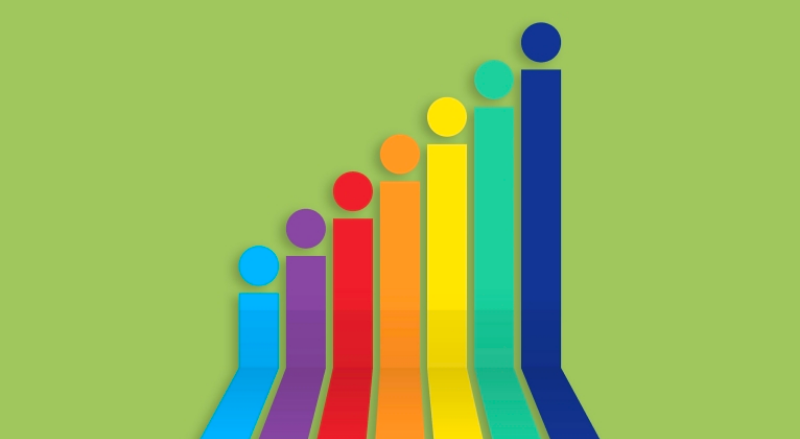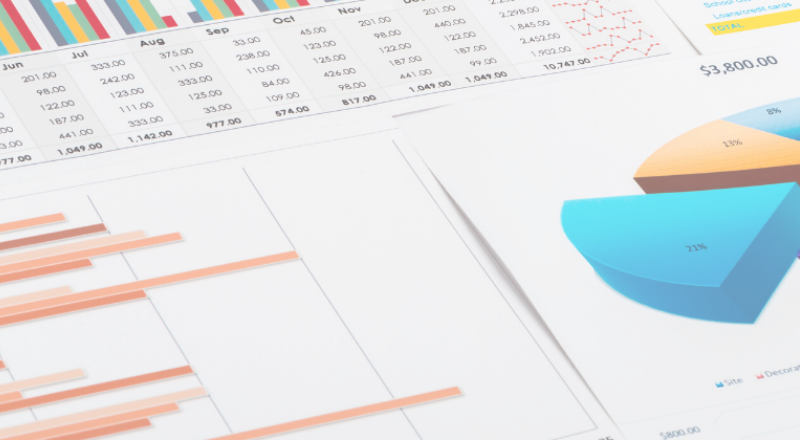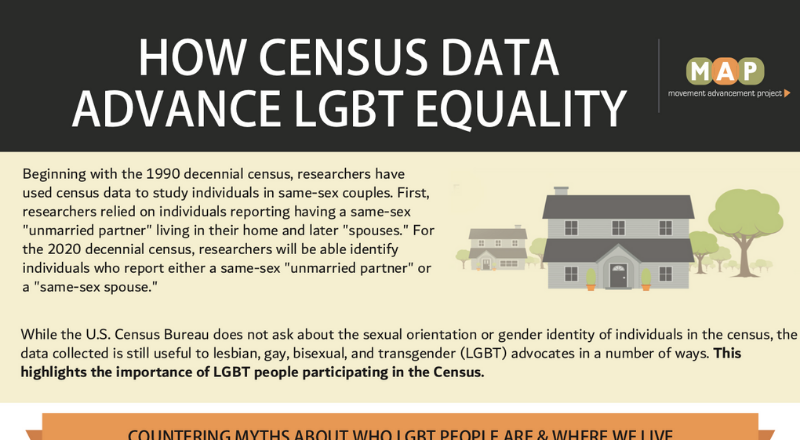Although data collection efforts play a central role in government decision-making and resource allocation, LGBTQ people largely remain invisible to local, state, and federal officials who make decisions that directly affect their safety and wellbeing. This lack of LGBTQ inclusive data significantly hinders the ability of advocates and policymakers to press for LGBTQ policy and funding priorities, which creates a cycle that harms LGBTQ people in all areas of life. When data collection efforts fail to include sexual orientation and gender identity questions in surveys that collect demographic data, it is difficult to fully understand the challenges LGBTQ people experience.



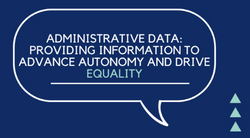
.png?1668464309)
.png?1667849452)
